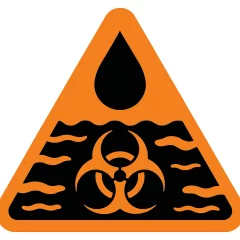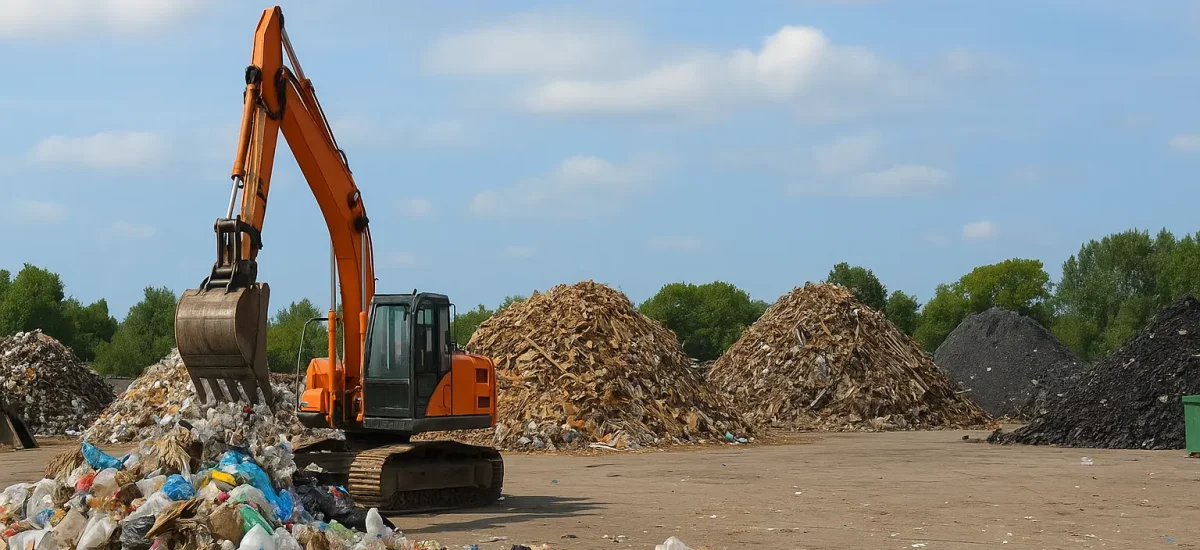Here’s the thing: I’ve worked near a coal slurry pond. I wore the hard hat. I stood on the dam in rubber boots after big storms. I carried the test kit. This is my first-hand review, plain and simple.
For an unfiltered, step-by-step account of what it’s like to pace those same berms, you can read my expanded write-up hosted by Sludge Safety.
What I’ll cover
- What it looks and feels like day to day
- Real moments that stuck with me
- The good and the not-so-good
- Tips if you live or work near one
How I ended up there
I helped a small crew at a prep plant in eastern Kentucky. Three days a week, I checked the pond. We looked at water color, the pump hum, and those bright orange markers that show the water line. During spring rain, we checked even more. We had a binder for storm plans. We also had coffee that tasted like pennies from the break room tap. Funny how little things hit you.
What it actually looks and feels like
Picture a wide, dark lake that isn’t really a lake. The water’s not clear. It looks like black tea with mud. On quiet days, the surface sits still, with a dull shine. On windy days, the waves slap the banks, and the smell turns sharp. Kind of like wet coal mixed with diesel.
I heard the slurry pump all the time. A steady hum. Not loud. More like a big fridge. We wore H2S badges on wet, warm days, just in case. I didn’t see big spikes, but we still checked. You don’t play around with gas.
Along the top of the dam, there’s a dirt road. We call it the berm. On one side, that dark water. On the other side, a steep drop to brush and a ditch. There’s a metal pipe at the far end—the spillway. If the water rises too fast, it runs there first. You want room before it gets there. They paint a freeboard line. It shows how much space is left. Simple, but it matters.
The weird mix of high-tech and low-tech
There’s fancy stuff. A dosing station drips in a gel called flocculant. It clumps tiny coal bits so they sink. There are pH strips, sample bottles, and monitoring wells by the trees. We’d pull a clear tube and pump up a sample. If the water ran rusty or smelled like rotten eggs, we logged it and called it in.
Then there’s the simple stuff. Sandbags, shovels, and a loud air horn. We kept tarps in the truck. If a small seep showed on the backside—a wet spot on the slope—we marked it with a flag. Bright pink, so no one missed it.
Real moments that stuck with me
- After a storm in May, the pond looked like chocolate milk. The water climbed fast. We walked the berm at dawn, boots sinking in the clay. I could feel the dam breathe, if that makes sense. Not moving, but alive and heavy.
- One summer evening, swallows skimmed the surface. Dozens of them. It was pretty. And it felt odd, because this is waste water. Still, life finds corners to sit in.
- The school bus got a new route one fall. The old one ran past the emergency spill path. Folks were calm, but you could tell we all kept one eye on the sky.
- At my aunt’s place down the road, her faucet had a faint metallic taste after long rains. The filter caught black grit now and then. Maybe from old pipes, maybe not. We tested her well anyway. Results came back okay that time, but I hated the waiting.
The good (yes, there is some)
- It keeps the gunk out of creeks. The solids settle instead of clogging the river.
- It’s quiet most days. You hear the pump, some trucks, and crickets. That’s it.
- With solid upkeep—mowing, patching, and steady checks—it can sit stable for years.
- Jobs. Not just plant jobs. Welders, lab techs, drivers, survey folks. That matters in small towns.
The not-so-good
- Anxiety lives here. After hard rain, people don’t sleep great. Siren tests help, but they also make your stomach drop.
- Smell can swing. Cool mornings feel fine. Hot afternoons can hit your nose like a wet tire.
- Dust on dry weeks. Black film on windowsills if you’re close to the haul road.
- Trust takes a hit if updates go quiet. If the operator doesn’t share numbers—water levels, pH, repair notes—the rumor mill starts chewing.
That worry isn't just theoretical; the Martin County coal slurry spill in 2000 let roughly 306 million gallons of slurry loose when its impoundment failed, and folks in this region still talk about where that black wave went.
Stuff I wish someone told me sooner
- Ask for the plain-language report. Not the big binder. The one-pager with last month’s water level, pH, and any fix work. Post it at the gas station, the clinic, and the library.
- After big storms, look for fresh wet spots on the backside of the dam. Small is still a sign.
- Keep a go-bag if you live downhill. It sounds dramatic. It’s not. A tote with meds, pet stuff, and copies of papers.
- Test your well each season. Keep the printout. If numbers shift, you’ll see it fast.
- A 2008 USGS study on slurry impoundments found that toxic substances can migrate toward domestic wells, so share those lab sheets with your neighbors too.
- For workers: fresh boots with real tread, a spare H2S badge, and a headlamp. I learned that last one the hard way at 5 a.m.
- For community-driven guidance, visit Sludge Safety for practical checklists and local stories.
If you clock out from the plant and find yourself in a quiet rental miles from town, social life can feel just as isolated as the berm road at midnight. Workers who want a discreet way to meet new people—without the small-town rumor mill—might appreciate the roundup at Find DTF Girls: Best Apps to Have a One-Night Stand in 2025 where you’ll get an up-to-date guide to privacy-minded dating apps, safety pointers, and reviews of the newest platforms so your off-shift life stays as uncomplicated as possible. And if your rotation ever lands you near Virginia’s Shenandoah Valley, the local classifieds scene on Doublelist Staunton can help you dodge long drives to bigger cities and quickly find like-minded locals, thanks to its frequently refreshed ads, built-in privacy filters, and pointers on meeting safely in a small-town setting.
Who this suits (and who it doesn’t)
- Suits plants that need a holding spot while solids settle. If they keep up with care, it does its job.
- Doesn’t suit tight valleys with homes right below. Steep, narrow hollers raise the risk and the stress.
- Works better where there’s room for a wide berm, a strong spillway, and easy road access for repairs.
Quick note on maintenance (said plain)
- Mow the slopes. Tall weeds hide problems.
- Walk the berm after storms, not just on sunny days.
- Keep freeboard space. Don’t run it close.
- Check pH and turbidity on a set schedule. Post the numbers where folks can see them.
My verdict
A coal slurry pond is a tool with sharp edges. When the crew is steady, the gear runs clean, and the updates are open, it feels boring—in a good way. You want boring. You want routine. But when storms stack up, or money gets tight, or folks stop checking little things, it gets heavy fast.
Would I work near one again? Yes—with clear reports, real drills, and a say in shut-off decisions. Would I feel great about living right below one? Honestly, no. Not unless the dam was rebuilt wide, the spillway was stout, and I saw those reports taped up every month without fail.
You know what? It’s strange to review a pond like it’s a gadget. But I’ve used it, walked it, and carried the worry it brings. My take is simple: treat it like a loaded tool. Respect, care, and a bit of healthy fear. Then check it again tomorrow.

